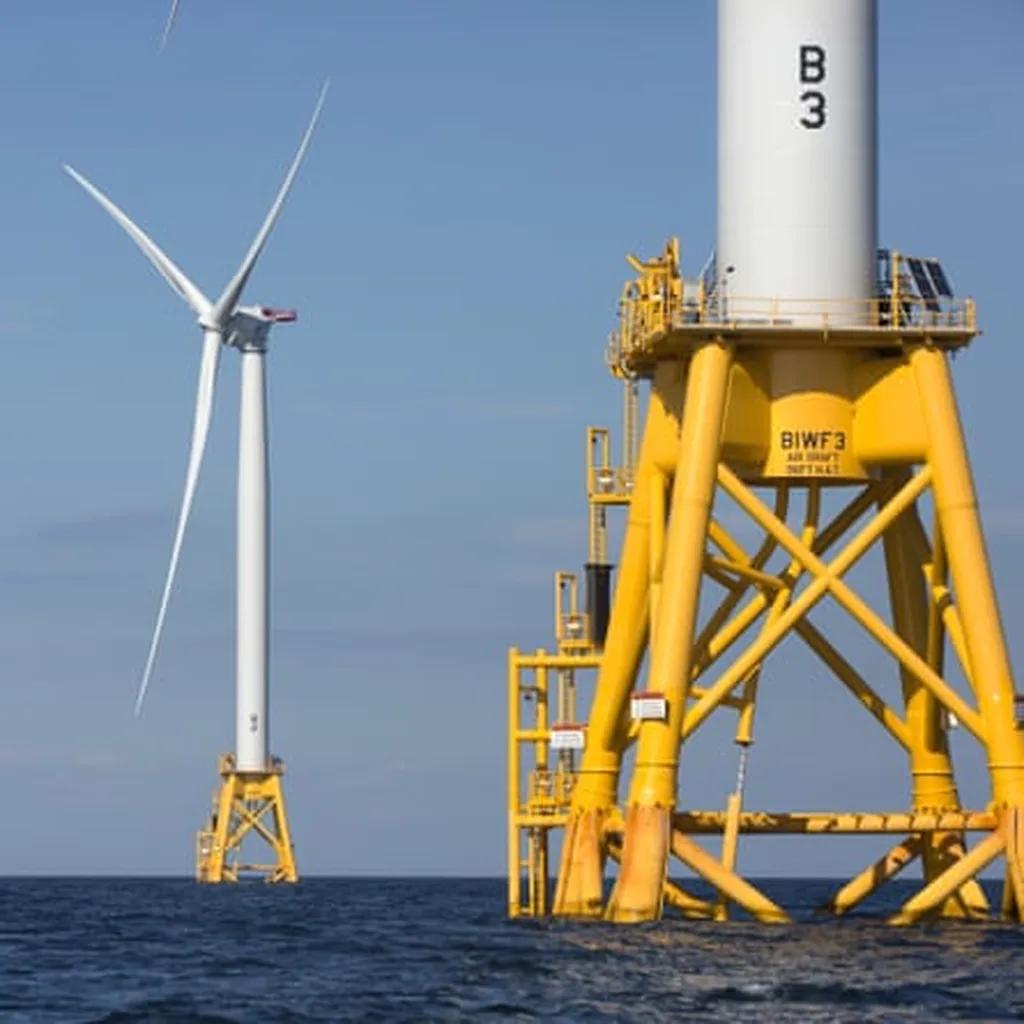In the quest to reduce the construction industry’s substantial carbon footprint, researchers are turning to innovative strategies that not only capture CO2 but also transform it into value-added construction materials. A recent study published in the journal *Carbon Capture Science & Technology* (translated to English as “Technology and Science of Carbon Capture”) sheds light on the promising techniques of carbon capture, utilization, and storage (CCUS) that could revolutionize the way we build.
Led by Kamran Aghaee, a researcher from the School of Civil and Environmental Engineering at Cornell University and the Department of Mathematics, Engineering & Computer Science at West Virginia State University, the study explores how CO2 can be harnessed to enhance the performance of cementitious composites and create novel construction materials. The findings suggest that CO2 mineralization, a process where CO2 reacts with minerals to form stable carbonates, shows significant potential for producing carbon-sink materials from construction and industrial by-products.
“The construction industry is a major contributor to global CO2 emissions, particularly through the production of cement,” Aghaee explains. “Our research indicates that CO2 mineralization could be a game-changer, not only reducing emissions but also creating more sustainable and durable construction materials.”
The study compares various CCUS techniques, including CO2 mixing, curing, and mineralization, and identifies the optimal conditions for maximizing material performance and production efficiency. CO2 mineralization stands out as the most effective method, offering a dual benefit of reducing CO2 emissions and enhancing material properties.
For the energy sector, this research opens up new avenues for collaboration and innovation. By integrating CCUS technologies into construction practices, energy companies can explore opportunities to capture and utilize CO2 emissions from power plants and industrial processes. This synergy could lead to the development of new markets for carbon-sink materials, creating a circular economy that benefits both the construction and energy sectors.
However, the path to widespread adoption is not without challenges. Aghaee acknowledges that scaling up these technologies and ensuring their economic feasibility remain significant hurdles. “While the potential is enormous, we need to address the practical and economic barriers to make these technologies viable on a large scale,” he notes.
The study also evaluates the economic and environmental impacts of CCUS technologies, emphasizing the importance of advancing circularity in construction. By reusing and recycling construction and industrial by-products, the industry can move towards a more sustainable future.
As the construction and energy sectors continue to evolve, the insights from this research could shape future developments in sustainable construction practices. By embracing CCUS technologies, industries can work towards reducing their carbon footprint while creating innovative and durable materials that support a circular economy. The journey towards a greener future is complex, but with continued research and collaboration, the vision of sustainable construction is within reach.

